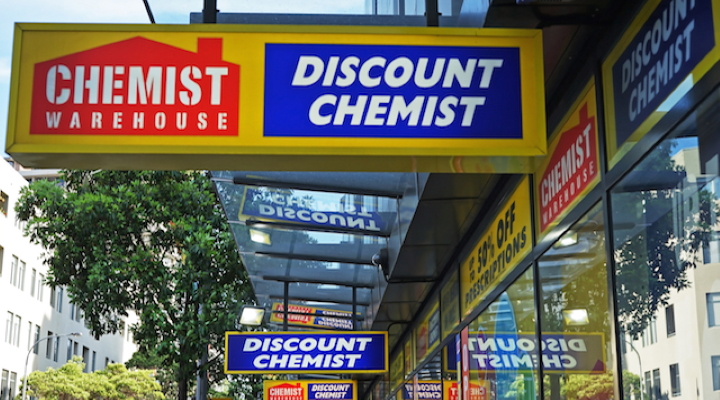You’re willing to make allowances for the cramped aisles where you slither past another customer in deep hope you don’t brush body parts. And you will gladly walk down the third aisle to get to the top of the first – and repeat, anticlockwise if needed – precisely because you know the best price for your chosen brand will be found if you can just breathe in and crabwalk with confidence to its suspected location. And maybe also because there’s a Chemist Warehouse a pebble skim away from
y from the office or on the way home.
But a brand like Chemist Warehouse doesn’t survive all these years or make it into the top 10 retailers last year on price alone. It has to give more to its customers beyond just flogging stuff.
So what is a brand like Chemist Warehouse doing to build that relationship, and could it be doing more?
Personalising the customer relationship
Across the retail landscape, businesses are leveraging new and effective initiatives to reduce the gap between product and purchase. Many of these approaches are customer-led and make use of technology to truly enhance customers’ experiences.
And Chemist Warehouse is starting to explore these. The brand has recently introduced a feature that has led to an 85 per cent increase in its conversion rate. By sending personalised and dynamic push notifications to customers’ devices, and serving up relevant product offers with the option to click through and buy online, the brand has turned site visitors into paying customers.
It’s a simple tool to connect in-store and online experiences. Nothing ground-breaking. But successful.
For some customers, push notifications may be an annoyance. They might feel like ‘you’re just trying to sell me something’. And yet, having access to relevant deals and a clear path to make a purchase is convenient for many customers while putting money back in their pockets.
But what if Chemist Warehouse were to take on the role of a trusted advisor instead of simply spruiking products?
With access to important healthcare and hygiene data from its breadth of brands, the retailer could put this technology to work beyond a sales conversion tool. By creating useful and educational interactions with customers, it could help them make informed health and hygiene decisions.
The technology employed by the business already segments its audience, so why not take it up a notch by getting more granular in its personalisation?
Chemist Warehouse could, for example, share advice for pre-existing conditions, the latest research relating to particular medications the customer has a prescription for, or remind them about medications that are soon to run out.
Taking on a role like this could change customers’ perception of Chemist Warehouse from a brand that sells (cheaply) to a brand that helps them make the best health and hygiene choices.
This could then feed into identifying problems shoppers have in and around the purchasing journey. By using the technology, people and systems already in place, Chemist Warehouse could better serve its customers while identifying what they might need in the future.
As the cost of living and doing business increases, few brands can afford to compete only on price. Looking at how you could be more useful to customers outside of transactions has the power to unleash capabilities in your brand you didn’t know existed.
And, as in the case of Chemist Warehouse, you can probably do it using the tools you already have in place.

